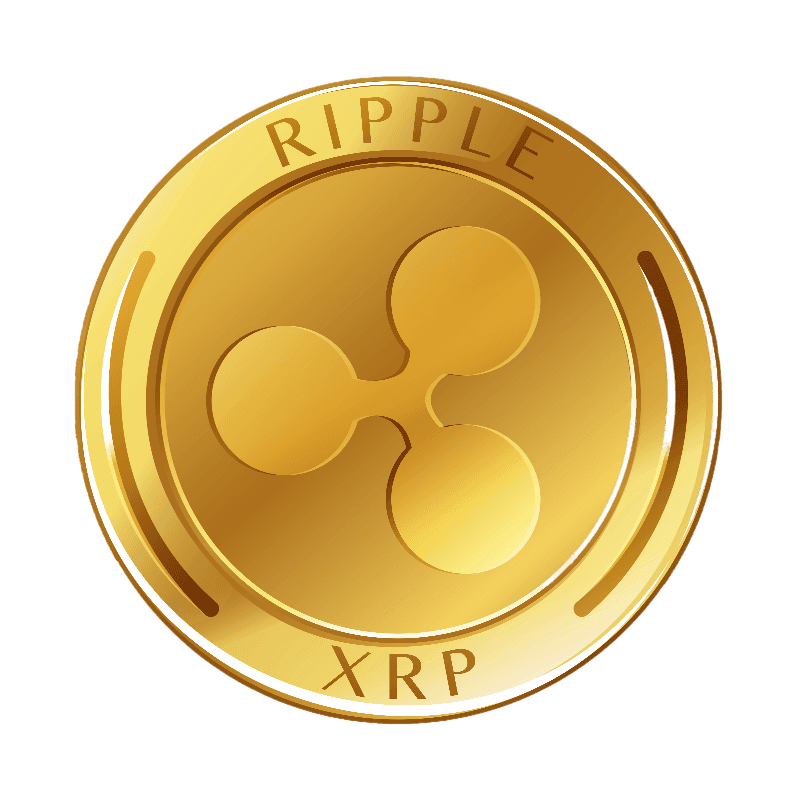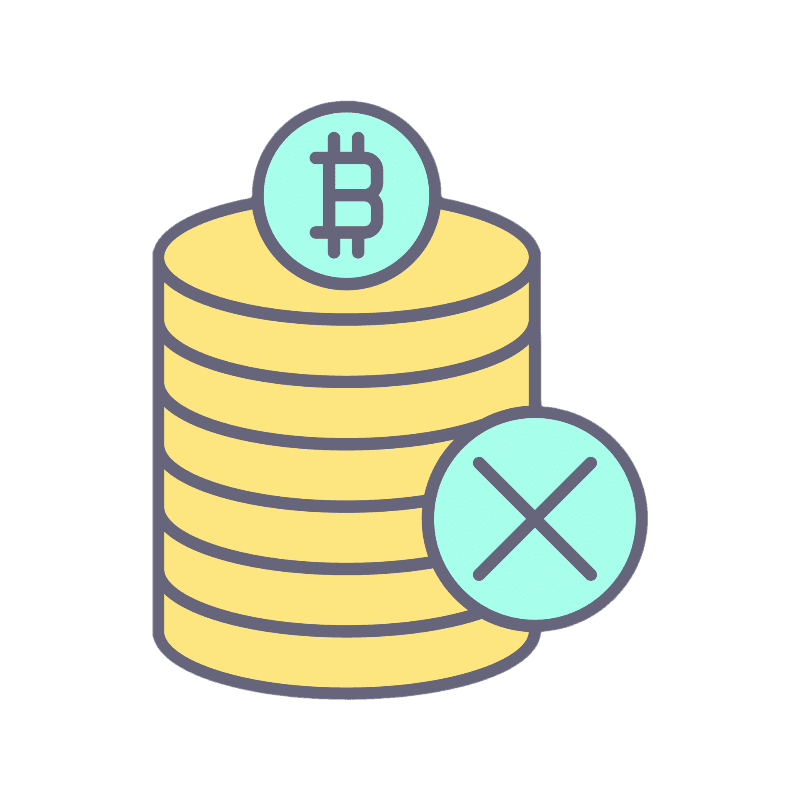
XRP was created by the company Ripple Labs in 2012 and serves as both a digital currency and a payment protocol. It was designed to facilitate fast and cost-efficient cross-border transactions for financial institutions. XRP operates on the XRP Ledger, which employs a unique consensus mechanism different from traditional proof-of-work or proof-of-stake. Ripple, the company behind XRP, aims to bridge the gap between traditional banking systems and blockchain technology. On the other hand, Bitcoin’s primary purpose was to establish a digital form of currency that operates independently of traditional financial systems.
Purpose Of The Comparative Analysis
The purpose of this comparative analysis is to examine the similarities and differences between Bitcoin and XRP, two influential cryptocurrencies with distinct roles in the crypto ecosystem. By examining their technological foundations, use cases, market adoption, regulatory considerations, and more, we aim to provide insights into their strengths, weaknesses, and potential directions. This analysis aims to provide some basic understanding to investors, enthusiasts, and stakeholders to better understand these cryptocurrencies and their contributions to the evolving world of finance.
Before we move ahead, let us first understand why cryptocurrencies are becoming favourites for investors.
Importance Of Cryptocurrencies In The Modern Financial Landscape
Cryptocurrencies have revolutionized the financial landscape by introducing new paradigms in money, transactions, and value storage. They offer several key benefits:
Decentralization: Cryptocurrencies operate on decentralized networks, reducing reliance on central authorities like banks or governments. This enhances financial inclusivity and offers more control to individuals over their funds.
Borderless Transactions: Cryptocurrencies enable frictionless cross-border transactions, eliminating the need for intermediaries, reducing costs, and speeding up settlement times.
Financial Inclusion: Cryptocurrencies can provide access to financial services for the unbanked and underbanked populations, especially in regions with limited banking infrastructure.
Innovation: The underlying blockchain technology of cryptocurrencies has spurred innovations in various sectors beyond finance, including supply chain management, healthcare, and more.
Store of Value: Certain cryptocurrencies, like Bitcoin, are considered a store of value akin to precious metals. This offers an alternative investment option outside traditional assets.
Privacy and Security: Cryptocurrencies can offer enhanced privacy for transactions and data security through cryptographic techniques.
Background And Technology Of XRP
While assuming that most of the readers are well aware of Bitcoin’s background and technology, let us not make it repetitive. Below is how XRP works.
Development by Ripple Labs

XRP was created by Ripple Labs (now known as Ripple) and released in 2012. The company aimed to address inefficiencies in cross-border payments and enable financial institutions to move money more quickly and cost-effectively. XRP was designed to serve as a bridge currency, facilitating transactions between different fiat currencies.
RippleNet and XRP Ledger
RippleNet is a global network of financial institutions and payment providers that use Ripple’s technology to facilitate real-time cross-border payments. The XRP Ledger is the underlying technology that powers XRP transactions. It is a decentralized ledger that maintains a record of all XRP transactions and account balances. Unlike Bitcoin’s blockchain, the XRP Ledger does not rely on proof-of-work mining.
Consensus Mechanism (previously used Ripple Protocol Consensus Algorithm)
Initially, XRP Ledger used the Ripple Protocol Consensus Algorithm (RPCA), which was designed to validate transactions and secure the network without the need for energy-intensive mining. Instead of miners competing to solve complex mathematical problems (as in Bitcoin’s PoW), a unique consensus process was used. In this process, validators on the network would collectively agree on the order and validity of transactions.
Pre-mined Supply (100 Billion Coins)
Unlike Bitcoin’s mining process, where new coins are gradually introduced into circulation through mining rewards, XRP had a predetermined supply of 100 billion coins from the outset. A significant portion of this supply was held by Ripple Labs itself. This allocation raised discussions about centralization and control, as Ripple could release XRP into the market gradually.
Ripple’s control over a substantial portion of XRP led to debates within the cryptocurrency community about the true decentralization of XRP and its associated risks. This centralized control also raised concerns about the potential regulatory classification of XRP as a security.
Over time, Ripple has taken steps to address these concerns and has committed to supporting the XRP ecosystem while decreasing its holdings to alleviate centralization concerns. The company’s efforts have included the establishment of a community-driven organization known as the XRP Ledger Foundation.
Use Cases And Value Proposition For Bitcoin vs. XRP
Bitcoin’s primary use case is as a store of value. Often referred to as “digital gold,” Bitcoin’s limited supply and decentralized nature make it an attractive asset for investors looking to hedge against traditional financial markets’ volatility. Its scarcity, capped supply, and historical performance have led many to view it as a potential long-term store of wealth. On the other hand, one of XRP’s primary use cases is to facilitate cross-border payments. Traditional international money transfers can be slow and costly due to the involvement of multiple intermediaries and settlement processes. XRP aims to streamline this process by enabling near-instant, low-cost cross-border transactions, reducing both the time and expense associated with cross-border transfers.
XRP’s liquidity and fast settlement times make it an attractive asset for financial institutions seeking to move funds efficiently across borders. Ripple’s technology allows institutions to use XRP as a bridge currency, avoiding the need to hold multiple fiat currencies in different countries. This can lead to reduced liquidity costs and improved capital efficiency.
Ripple, the company behind XRP, has been actively working to establish partnerships with banks, payment processors, and financial institutions. Its goal is to leverage XRP and blockchain technology to enhance the efficiency of global financial systems. Ripple’s suite of products, such as xCurrent and xRapid (now part of On-Demand Liquidity), aims to bridge the gap between traditional banking networks and the benefits of blockchain technology.
While Bitcoin’s value proposition centers around its role as a store of value and a decentralized digital asset, XRP’s value proposition is rooted in its potential to revolutionize cross-border payments and financial transactions. These distinct use cases reflect the diversity of roles that cryptocurrencies can play in the modern financial landscape.
Market Adoption And Recognition
Bitcoin and XRP have achieved recognition and adoption in the cryptocurrency space, but their paths and challenges have differed. While Bitcoin’s pioneering status and wide adoption have made it a cornerstone of the crypto market, XRP’s strategic partnerships and focus on solving specific financial challenges have positioned it as a contender for transforming cross-border payments, despite regulatory hurdles.
Technology And Scalability
XRP’s scalability is largely attributed to its unique consensus algorithm, which does not rely on energy-intensive mining processes. In the XRP Ledger, transactions are validated through a consensus process where trusted validators agree on the order and validity of transactions. This enables faster settlement times and contributes to the ledger’s higher throughput capacity.

The technological differences in scalability between Bitcoin and XRP highlight the challenges and innovations within the cryptocurrency space. While Bitcoin seeks solutions like the Lightning Network to enhance its scalability, XRP’s design and consensus algorithm is geared towards optimizing transaction speeds and capacity to support its specific use cases in cross-border payments and financial transactions.
Decentralization vs. Centralization
The extent of decentralization in the XRP Ledger has sparked debates within the cryptocurrency community. While Ripple has taken steps to decentralize the network further and reduce its influence, concerns about centralization persist. The debate has also been fueled by Ripple’s large holdings of XRP, which some believe could influence the market and the network’s direction.
It’s important to note that the degree of centralization vs. decentralization is a spectrum, and both Bitcoin and XRP have different approaches to achieving these ideals. Bitcoin’s robust and distributed network of miners and developers has led to a high level of decentralization, while XRP’s journey toward greater decentralization has been influenced by its unique consensus mechanism and Ripple’s role in its early development. The ongoing discussions around centralization highlight the challenges of striking a balance between efficiency, control, and the ideals of blockchain technology.
Price Volatility And Stability
Price stability is a significant consideration for both investors and the adoption of cryptocurrencies for mainstream use. While Bitcoin’s store of value narrative has provided some resilience against its inherent volatility, XRP’s price stability efforts highlight the importance of controlling price swings for use cases such as cross-border payments. However, the effectiveness of such efforts remains a topic of discussion within the cryptocurrency community.
Legal And Regulatory Considerations With XRP
One of the most significant legal challenges facing XRP has been the debate over whether it should be classified as a security. The U.S. Securities and Exchange Commission (SEC) filed a lawsuit against Ripple Labs in December 2020, alleging that XRP was an unregistered security and that the company conducted an unregistered securities offering through its sale of XRP.
The outcome of this lawsuit has implications for XRP’s legal status, potential regulatory oversight, and its use in the market. The lawsuit sparked debates about the nature of XRP and the broader regulatory framework surrounding cryptocurrencies.
The legal battles around XRP highlight the complexities of regulatory clarity within the cryptocurrency space and the potential legal consequences for cryptocurrencies that do not fit neatly into existing regulatory categories.
Navigating the legal and regulatory landscape is crucial for the broader acceptance and adoption of both Bitcoin and XRP, as regulatory decisions can significantly impact their market position, use cases, and future developments.
Towards The End
In conclusion, Bitcoin and XRP represent two distinct pillars of the cryptocurrency landscape, each with its unique attributes, use cases, and challenges. Bitcoin, as the pioneering cryptocurrency, has established itself as a store of value and a symbol of decentralization, contributing to a paradigm shift in the way we perceive money and assets. On the other hand, XRP, developed by Ripple, has aimed to revolutionize cross-border payments and financial transactions, leveraging its scalability and transaction speed. Despite the ongoing debates surrounding centralization and regulatory considerations, XRP has made strides in partnering with financial institutions and integrating blockchain technology into traditional finance. As the cryptocurrency ecosystem continues to evolve, both Bitcoin and XRP play crucial roles in shaping the future of finance and sparking discussions about the broader potential of blockchain technology in our global financial systems.